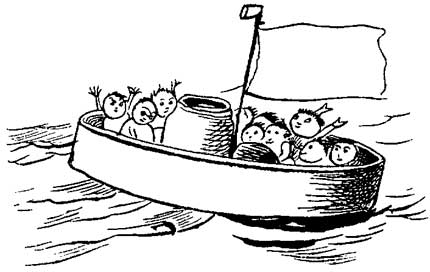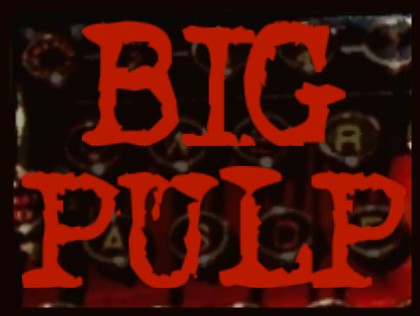Whereas The Polar Express ends to twist the heart because the older one gets, the harder it is to hear the bell from Santa's sleigh, Feel Santa Claus' Beard ends, if she remembers correctly, with a happy white family in their colorful pajamas opening presents by a Christmas tree. It is, as everyone knows, a holy image. And if the social critics are right: a terribly despondent family behind their smiles, just come from re-hiding failure in the attic and God in the deep freeze.
It is the 1950s Caucasian-American Christmas
Feel Santa Claus' Beard is one of those sensory books, a "Touch and Feel Book": feel his beard, which really is quite soft and fluffy, and as she remembers, an effective hook into opening the pages to the annual disappointment that no other touch-illustration was as interesting. For example, there are his black boots, but they are rather shiny. Then there is the chimney, which is pasted with gravel. At last come the presents, gold-foiled and much like the feeling of his black boots, which have no especially distinguished feeling.
But it's a durable book, cardboard pages that have lasted thirty years and of the size made to empower children readers because it fits their hands and is image-heavy, useful on the snowy days when children idle about the house in quiet exploration and sometimes belly-down to flip through private worlds made just for them.
She loves this book. Maybe because this is the Santa image from which all are based on for her, or because he looks like the cardboard Santa face she would tape to the living-room mirror every year, or maybe just because this was part of the Christmas box of books that would be tucked away all year then brought out with the tinsel her mother had dutifully removed from last year's tree and re-packaged in a ziplock bag for next year's tree.
--Along with the ornate silver ball that plugged into the wall and, every ten seconds, chirped like a bird.






